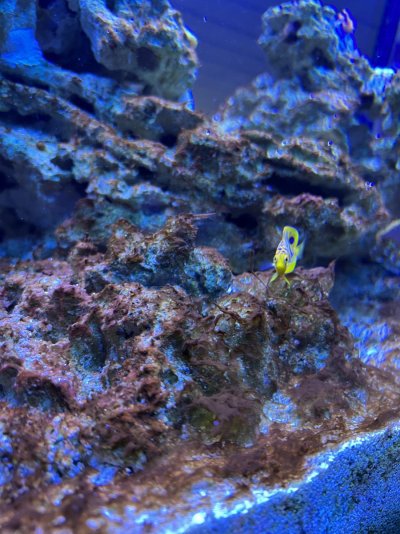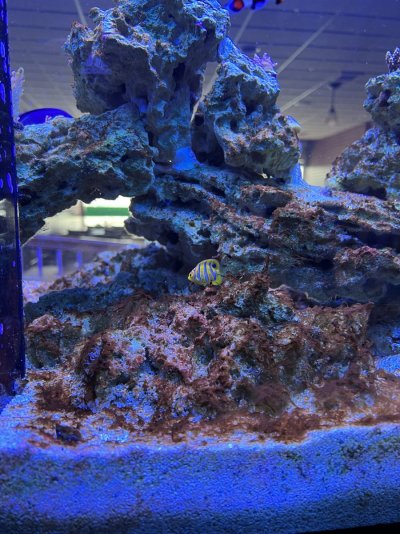- Joined
- May 18, 2019
- Messages
- 372
- Reaction score
- 697
I have been dealing with the brownish red growth for a couple months now. If I do blackouts on the tank, it will die off and take a week or so to take hold again. It doesn’t sheet like cyano, or her stringy like Dinos but it’s clearly photosynthetic as it does back at night and comes back strong during the light. I’ll post parameters as well.





















